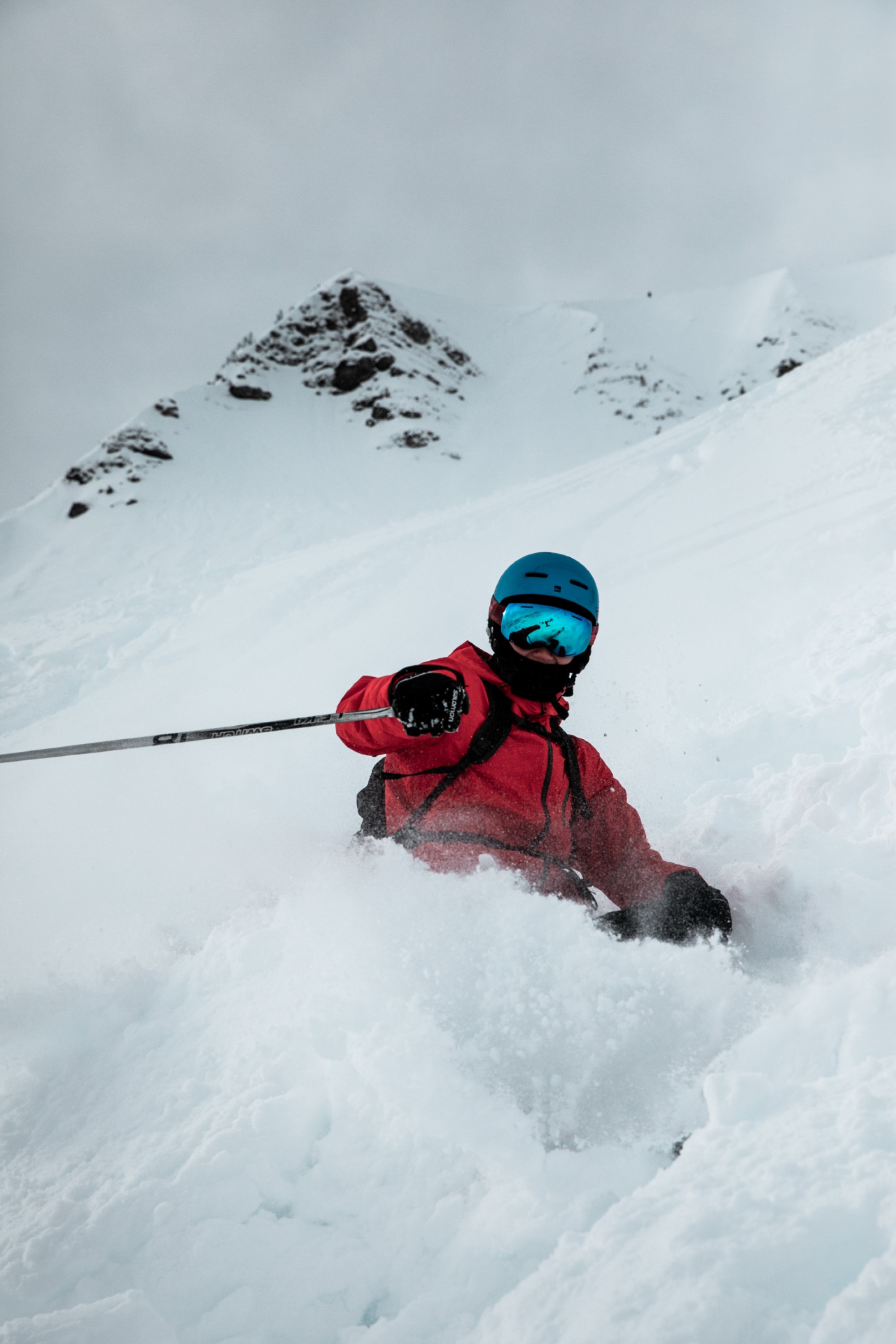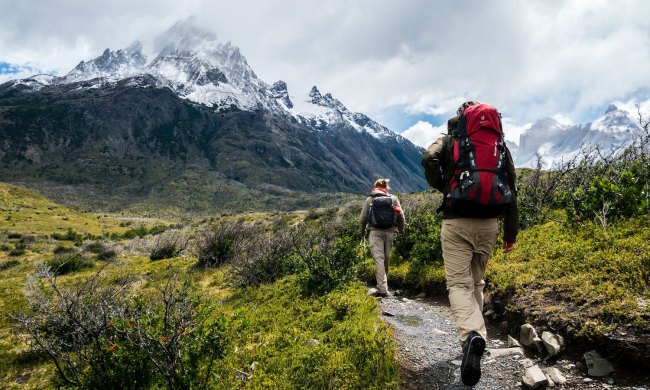
Goggles are a vital piece of your snow sports equipment. Providing weather protection and optical clarity, they block wind and filter UV light at every turn. And when the snow falls, or the sun shines, there’s nothing more important than seeing the terrain. Goggles also look pretty cool.
Today, ski and snowboard goggles are better than ever, with fine-tuned tints, interchangeable lenses, and tailored frames. That gives you a clear vision of all conditions, optimizing your experience on the mountain. Add in action-hero styling, and goggles offer both looks and performance.
Let’s take a deep dive into the latest goggle tech and look at some of the best models available.
What VLT is, and why the best goggles have it
As you make turns down the hill, you savor each one. Whether crisp morning groomers or an epic powder day, skiing and snowboarding offer special sensations. A clear view of the snow only enhances that. That’s why visible light transmission (VLT) is an important aspect of the best goggle lenses.
Expressed as a percentage, VLT denotes how much light passes through a lens. On the brightest days, you’ll want the lowest VLT to reduce glare. But in cloudy conditions, maximum VLT enhances your view.
The lowest VLT is around 10%. Examples include Anon’s Perceive Sunny Onyx (6%), Oakley’s Prizm Black Iridium Polarized (10%), and Smith’s ChromaPop Sun (9%). When you’re riding big mountains under a hot sun, these tints shield you like nothing else.
Conversely, high VLT lenses transmit almost all light. Top picks consist of Oakley’s High-Intensity Yellow (86%), Anon’s Blue Lagoon (80%), and Smith’s ChromaPop Storm Yellow Flash (65%). Of course, if you’re riding at night, a clear lens is the way to go.
In the middle, a VLT from 25-60% suits a range of conditions, giving you a go-to pair of goggles for almost anything. We like the Smith ChromaPop Everyday Violet Mirror (23%), Anon Perceive Variable Green (22%), and Oakley’s VR28 (28%).
Various lens tints also let you express your personal style. That’s fun. Picking from mirrored blues, yellows, reds, and greens helps create a look that’s uniquely you.

Some ski and snowboarding goggles are custom-fit to your face
Traditional goggles use a layer of foam between the frame and your face. That provides a soft, comfy feel and seals out the elements. Still, there’s nothing like a tailored fit, whether wearing running shoes or putting on a snowboard jacket. And now, Smith offers just that with its I/O MAG Imprint 3D goggles. Here’s how it works.
Everyone’s face is different. And standard goggle frames can’t account for the unique attributes we all have. But Smith uses groundbreaking tech for a personalized fit.
First, customers scan their face using Smith’s app. Then, the company makes a customized frame using its patent-pending Imprint 3D Technology. In particular, the face flange offers an exact match of the buyer’s face for a LEGO-like fit from the get-go. After Smith 3D prints the frame, it’s hand-assembled in the USA and delivered within 14 days.
At $450, I/O MAG Imprint 3D goggles aren’t cheap. But you get what you pay for. And when the stars align, and conditions click, custom-made snowboarding gear provides next-level performance.

Interchangeable lenses are incredible
We’ve all been there. The day starts with a bright, blaring sun, then turns to deep, dark clouds. Sometimes, it happens in minutes. And when you’re stuck with low VLT goggles, just seeing the snow becomes a chore. But interchangeable lenses change that, offering a quick switch-out and optimizing your vision throughout the day.
Have you ever tried changing ski goggles on a chairlift? It can be done. But it’s awkward. And cold. Plus, you have to carry around an extra set all day, weighing you down as you lay out carves and hit jumps.
Today, many goggle manufacturers offer interchangeable lens designs, making chairlift changes a thing of the past.
Anon’s Magna Tech and Smith’s MAG harness the power of magnets, making quick lens swaps a breeze. Oakley takes a slightly different path, using a mechanical design with its Ridgelock and Switchlock technology.
A word on lens shapes
Lens tints and frame shapes aren’t the only things to pay attention to. There are also three types of lens shapes: cylindrical, spherical, and toric. Here’s what separates them.
Cylindrical lenses curve from side to side with a flat vertical profile. They’re reminiscent of the visor on a racecar driver’s helmet. Typically, cylindrical lens frames have a low-profile fit, providing classic style on the mountain. On the other hand, this type of lens offers less glare protection and lower clarity and may fog up more.
Like an astronaut helmet’s face shield, spherical lenses curve in all directions, fighting off glare and improving peripheral vision. Spherical frame designs have a high-profile, bubble-like fit for a high-tech look and improved ventilation. However, some might not like the larger size and prefer a more traditional look.
New to the game are toric lenses, offering the best attributes of cylindrical and spherical designs. Featuring a spherical curve from side to side and a reduced vertical curvature, these lenses mimic the shape of your face. That provides the ultimate optical precision and reduces glare. And with their frames using a medium-profile fit, toric lenses have a stylish look on the hill.
The new Anon M5 goggles use a flat-toric lens shape, combining the best attributes of cylindrical and toric designs. With Perceive optics and interchangeable lenses, you’ll see texture and depth like never before. And with an oversized frame that’s modern yet classic, you’ll have open peripheral vision and plenty of style.
Goggle technology changes at a rapid pace. While older designs get the job done, the latest models enhance your day all around. Clearly, seeing every rise and dip and every surface variation helps you perform better and enjoy the mountains more. So it’s wise to invest in a new pair.
Ski and snowboard goggles are essential to your snow sports kit. Protecting you from the elements and helping you see the terrain, goggles are central to experiencing the mountains. The latest designs offer rapid lens changes, and custom fits for tailored optics and next-level comfort. And with toric lenses, your surroundings come to life. But when it comes time for a new pair, don’t skimp — just like a race car driver, you need to see what’s up ahead.



